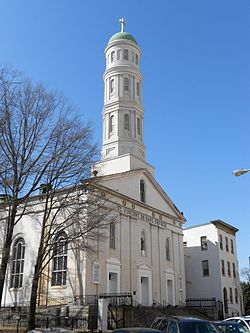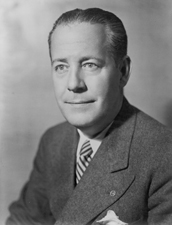Demographics


In 1880, the Irish made up a large portion of the foreign-born population of Baltimore at 24.6% of all foreign born residents. 16.9% (56,354) of Baltimore was foreign born, 13,863 of them Irish. [1]
In 1920, 10,240 foreign-born White people in Baltimore spoke an English or Celtic language. [2]
In 1940, 2,159 immigrants from Ireland lived in Baltimore. These immigrants comprised 3.5% of the city's foreign-born white population. [3] In total, 4,077 people of Irish birth or descent lived in the city, comprising 4.6% of the foreign-stock white population. [4]
In the 1940 United States census, Irish-Americans comprised 22% of the foreign-born population in Highlandtown. In Hamden, Baltimore's tract 13–5, 7% of foreign-born residents were Irish-American. [5]
The Irish-American community in the Baltimore metropolitan area numbered 341,683 as of 2000, making up 13.4% of the area's population. This made them the second largest European ethnic group in the Baltimore area after the Germans. In the same year, 32,755 people in the Baltimore metropolitan area were of Scottish-Irish descent, comprising 1.3% of the metropolitan area's population. [6] In the same year Baltimore city's Irish-American population was 39,045, 6% of the city's population. In the same year, 3,274 people in Baltimore were of Scottish-Irish descent, comprising 0.5% of the city's population. [7]
In 2011, immigrants from Ireland were the sixty-sixth largest foreign-born population in Baltimore. [8]
In 2013, an estimated 37,359 Irish-Americans resided in Baltimore city, 6% of the population. [9]



